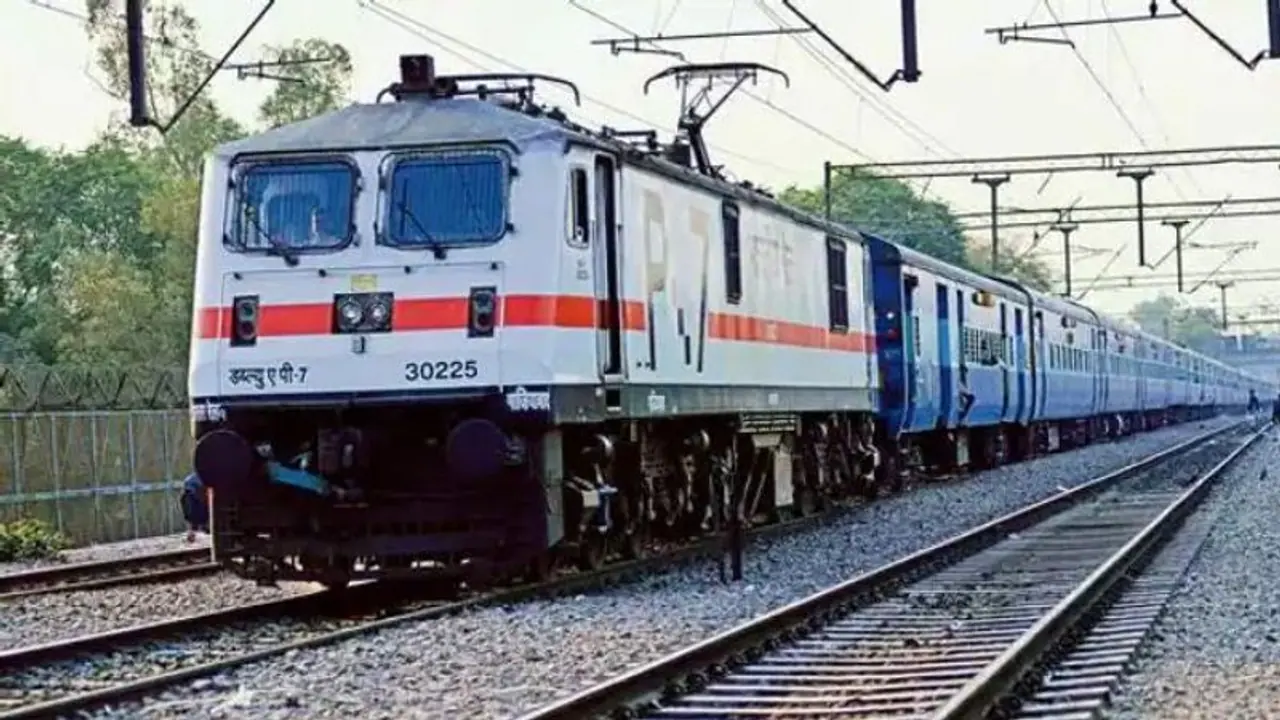The trial, conducted on the Palwal-Mathura section, involved a semi-high-speed engine equipped with the Kavach system, demonstrating its ability to autonomously apply brakes in emergency situations.
In a recent trial conducted by the Agra Division of North Central Railway, the Kavach anti-train collision system exhibited promising results in enhancing braking parameters. The trial, executed on the Palwal-Mathura section, involved a semi-high-speed engine equipped with the indigenous Kavach system. Developed by the Research Designs and Standards Organisation (RDSO), the Kavach system is designed to automatically apply brakes in emergency situations when a train driver or loco pilot fails to respond promptly.

Under the supervision of Kush Gupta, Deputy Chief Signal and Telecommunication Engineer at North Central Railway, the Kavach system was installed on a WAP-5 semi-high-speed engine. The trial, which took place on January 19, saw the engine reaching a speed of 160 kmph on the Palwal-Mathura section, as reported by Prashashti Srivastava, PRO of Agra Rail Division.
During the trial, the locomotive's driver refrained from applying brakes upon encountering a red signal, aiming to assess whether the Kavach system would autonomously activate the brakes, bringing the train to a stop before the signal. The successful trial demonstrated the system's effectiveness, with the locomotive halting 30 meters before the signal.
The Indian Railways is in the process of implementing the Kavach system across its network to bolster operational safety. Currently, WAP-5 locomotives, capable of pulling passenger coaches at 160 kmph, are being utilized for the trial. Future trials are expected to include locomotives with passenger coaches.
WAP-5 locomotives are commonly employed in premium trains like Shatabdi and Gatimaan Express. The Agra Division has established a comprehensive Kavach network on the 80-km stretch between Mathura (excluding the station) and Palwal. This network includes the placement of RFID tags on railway tracks and the installation of stationary Kavach units at various locations.
According to officials from RDSO, the Delhi-Agra stretch is the sole part of the rail network where trains can operate at a maximum speed of 160 kmph. Currently, the Kavach system is operational in three sections covering a 1,465-km route and in 139 locomotives in South Central Railway.
As the Indian Railways explores the introduction of semi-high-speed trains, trials at speeds exceeding 130 kmph are deemed necessary. The Kavach system not only assists loco pilots in avoiding signal violations and overspeeding but also enhances safety and efficiency during adverse weather conditions.
